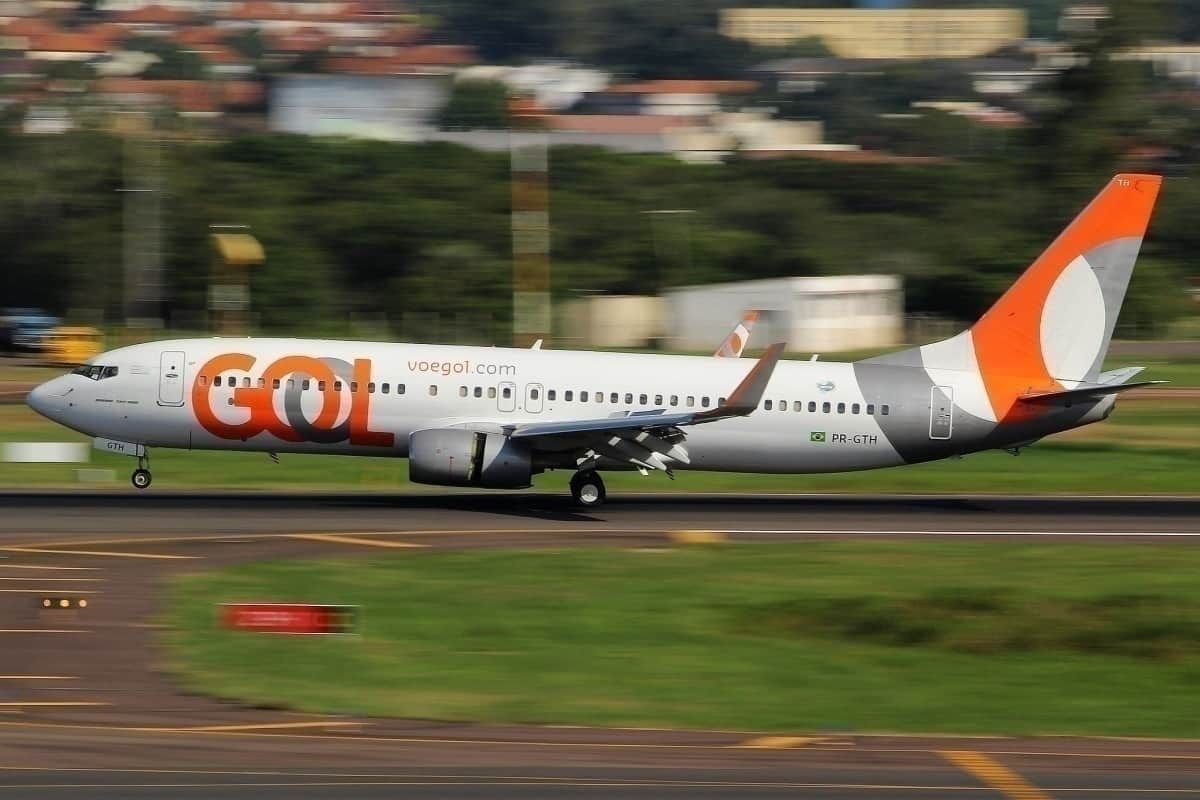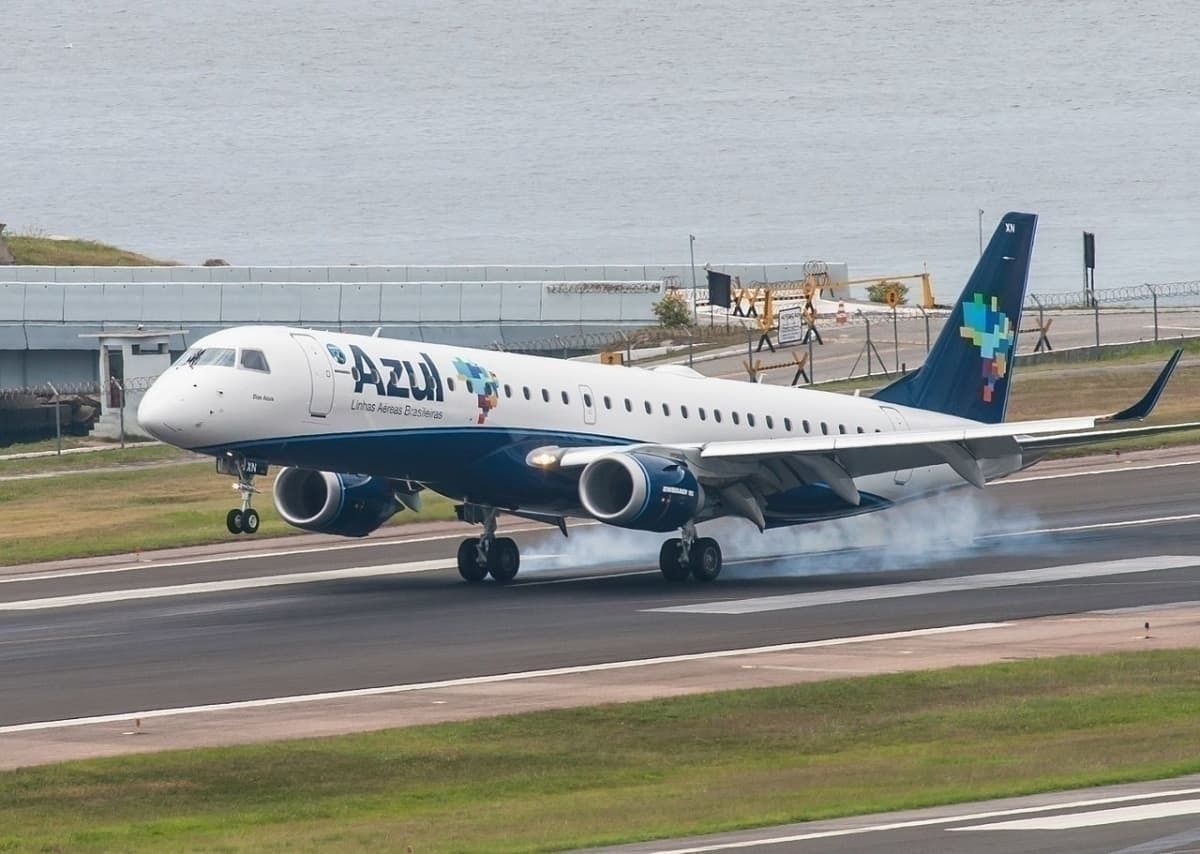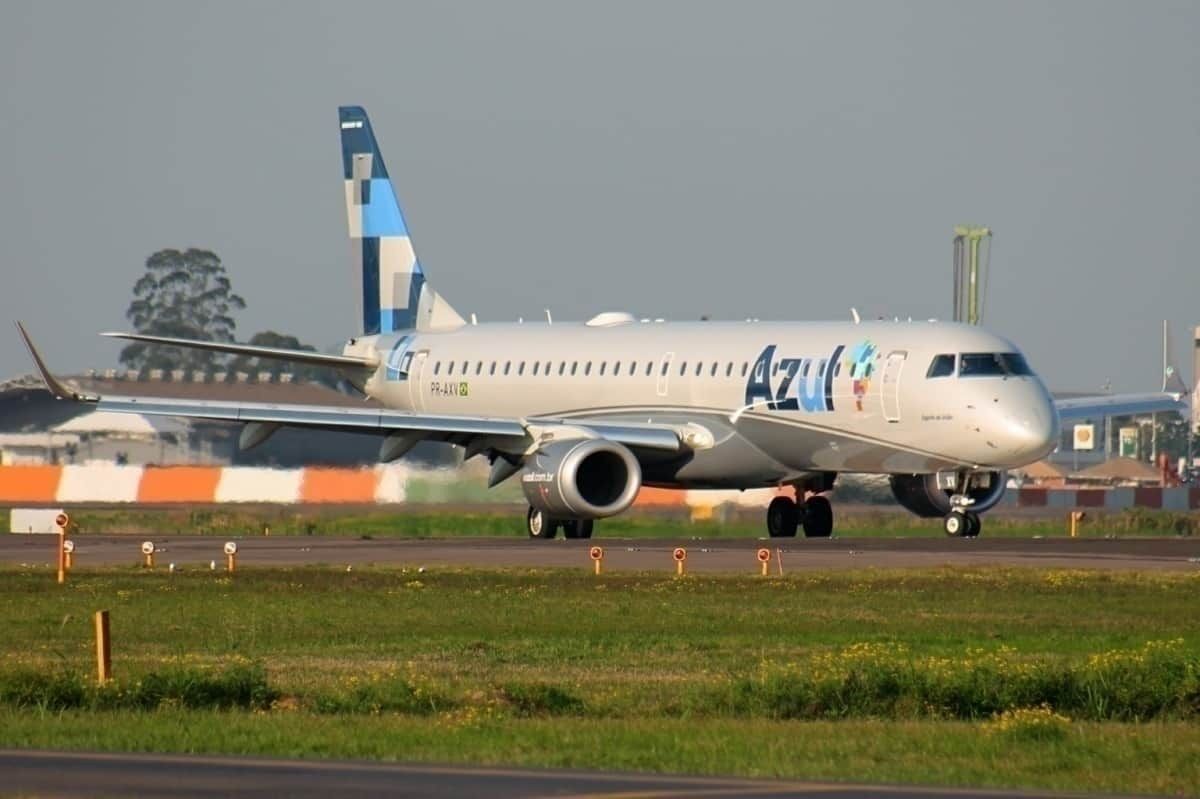During 2019, Brazilian airlines GOL and Azul posted two of the five best-operating margins worldwide. This is “another testament to how lucrative the Brazilian market became following the death of Avianca Brazil” said Skift. Let’s investigate further.
Over 20% operating margins in Q4, 2019
Azul Linhas Aereas had an operating margin of 24% during the fourth quarter of last year. This meant the low-cost airline had a little more than 152 million USD in its margin. For the whole year, the operating margin of Azul was 17.8%. Skift argued that Azul should be celebrating a phenomenal success in 2019.
Its rival airline, GOL had an operating margin of 26% in the final quarter. Its total net revenue was 742 million USD. This happened even with GOL not having its complete fleet due to the MAX crisis. As airline’s CEO Paulo Kakinoff said in the airline's recent filing,
“Our record revenues this quarter rounds out what has been an outstanding year in GOL’s history.”
Both airlines are currently ranked among the five best-operating margins worldwide in 2019. Allegiant, Air Arabia and Pegasus are the other three.
How’s life without Avianca Brazil?
When Avianca Brazil ceased operations, it had 11.9% of the country’s domestic traffic share. It was the fourth most important airline in the country behind GOL (36%), LATAM Airlines Brazil (30.8%), and Azul (21%).
Most importantly, Avianca Brazil’s demise coincided with an increase in corporate travel and lower fuel prices in the country. As of mid-May of 2019, Avianca had a fleet of six airplanes in service and 20 in storage.
As CAPA said, “the capacity reduction is in some ways strengthening an already rational domestic market in Brazil.”
Another aspect that has helped the airlines is the growing relationship between the air industry with the Brazilian government. Last year, ALTA organized its Airline Leaders Forum in Brasilia. As the group’s CEO said, “it is very important to integrate Brazil into Latin American and the Caribbean region.”
Will they continue growing?
While currently there is a global crisis for the airline industry, Brazil is one of the less restricted countries. Azul recently stated that it is hardly seeing any impact in its domestic markets.
Azul recently increased its Embraer E195-E2 order by 50%. Before disaster struck the world economies, the airline expected to have an available seats per kilometer (ASK) growth of more than 20%. It also expected to have an operating margin of more than 20%.
GOL is still constrained by the MAX crisis. Although, as the demand worldwide falls, the lack of its MAX fleet could be considered a silver lining for the airline, ironically.
For 2020, GOL expected net revenue of approximately three billion USD and an ASK change of 9%.
So, it is safe to assume that once normality comes back to our lives, these two Brazilian carriers will continue their growth. Brazil is a big country in urgent need of a bigger air transport system. These airlines can provide. They just need time.
What do you think of Azul and GOL? Let us know in the comments.



